We were lucky to catch up with Olivia Smith recently and have shared our conversation below.
Olivia, appreciate you joining us today. How did you learn to do what you do? Knowing what you know now, what could you have done to speed up your learning process? What skills do you think were most essential? What obstacles stood in the way of learning more?
The beautiful part about working in brand identity and telling stories that stick is that it requires a blend of disciplines. Over the last six years, I’ve worn many hats: graphic designer, writer, PR manager, content creator, social media strategist, digital marketing manager, video editor, and advertising specialist. That’s a lot of titles, but the common thread running through every role is the ability to listen. Not just hearing—truly listening.
I’ve always been an observer. As a kid, I rarely sought the spotlight unless I was on stage performing. My mind was constantly absorbing, analyzing, watching people’s body language, tone, and contradictions. Looking back, I think I have my ADHD to thank for the way I naturally zoom in on the subtext of things. What’s being said and what’s not.
In college, while studying Advertising and PR, I leaned into that observer instinct. My creativity and love for writing, art, and music gave me a strong foundation, but it was my curiosity about psychology and human behavior that gave me direction. I started to understand how emotion drives decision-making: why people buy what they buy, how colors influence perception, and which messages make people feel seen. You can’t market well if you’re not truly listening to your audience.
At my first job in a digital marketing agency, I managed social accounts for ten completely different industries such as tech startups, law firms, retailers, and aviation. To craft a meaningful strategy, I had to put myself in the shoes of each client, often becoming a stand-in expert for their world. While I produced results, I eventually realized I couldn’t give my full creative energy to every client equally. The more I listened—both to my clients and to myself—the more I knew I needed to commit fully to one story to truly make an impact.
That moment came when one of my agency clients, an aviation company, offered me a full-time role. I had built a strong relationship with their president through regular strategy calls, helping her define her personal brand. The trust we built was rooted in deep listening. I wanted to understand not just her goals, but her passions, values, and history. That kind of listening led to vulnerability, which led to opportunity.
Accepting that job was the best decision I’ve made. I chose an industry full of change, passion, and personal stories, and I get to help tell them every day.
If there’s one thing I’ve learned, it’s that listening is a superpower. It’s how you understand what people really need, even when they don’t have the words for it. It’s how you spot opportunities, build trust, and create work that resonates on a deeper level. Looking back, I could’ve accelerated my learning by trusting that skill sooner and valuing listening as much as doing. Because creativity isn’t just about what you make, it’s about how well you tune in before you begin.
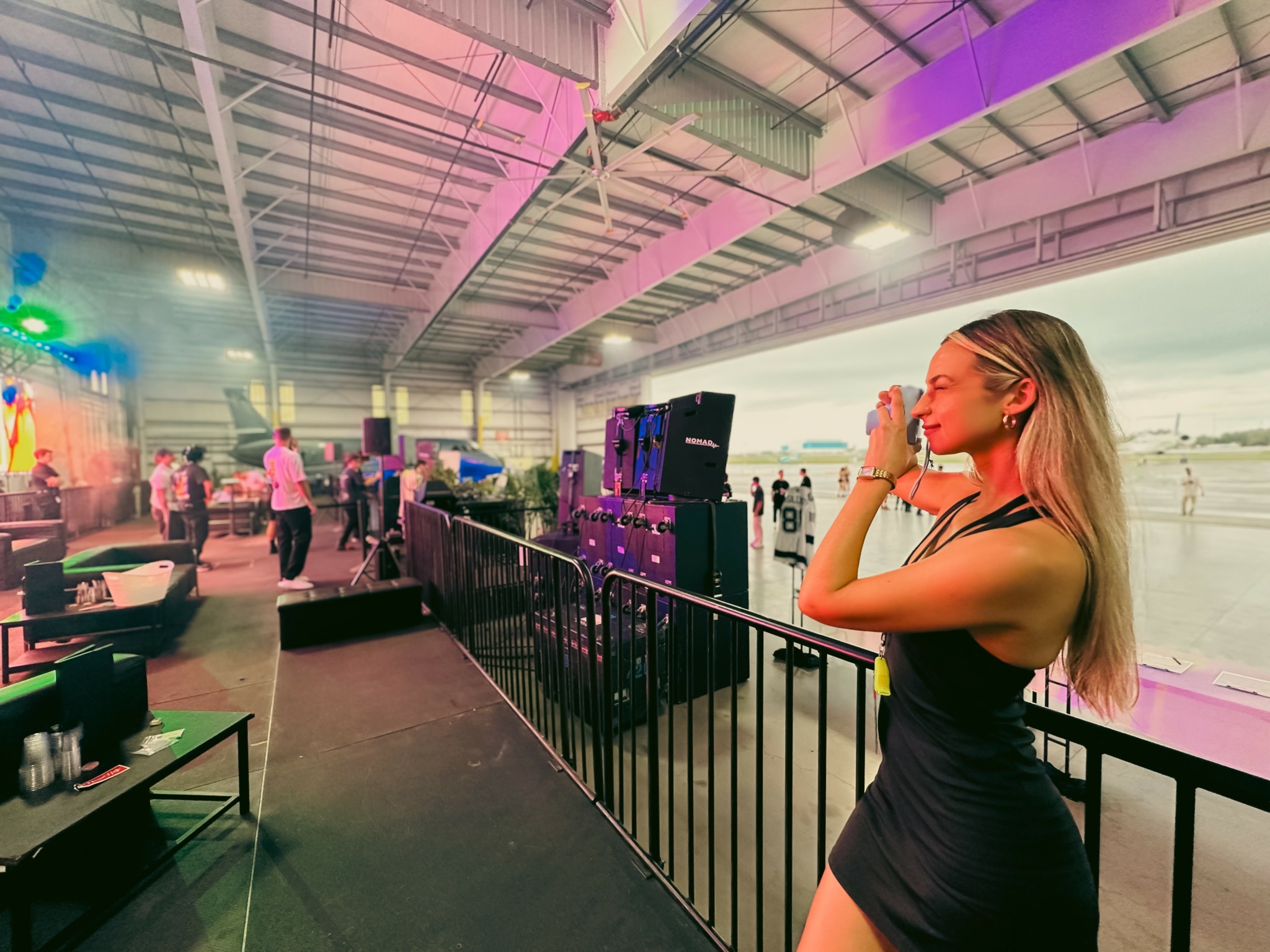
Olivia, before we move on to more of these sorts of questions, can you take some time to bring our readers up to speed on you and what you do?
I’m a creative by nature, a strategist by experience, and a storyteller at heart. I work in brand identity, marketing, and content strategy, with a focus on helping people and companies discover and communicate their core truth, the story beneath the surface.
My journey into this world wasn’t linear, but it was intentional. I studied Advertising and Public Relations with a minor in graphic design, drawn to the blend of psychology, creativity, and strategy. I’ve always been fascinated by why people do what they do, how stories influence behavior, and what makes a message stick. That curiosity led me to my first job at a digital marketing agency in Tampa, FL where I managed multiple brands across a variety of industries. I learned how to adapt, how to listen deeply to each client’s voice, and how to build strategies that made people feel seen.
Over time, I realized my best work came from full creative immersion, not juggling 10 different clients at once, but going all-in on one story I believed in. That clarity came when a former client asked me to join their company full-time in the private aviation industry, Sheltair Aviation. It was a leap, but the kind that felt aligned with who I was becoming. Today, I lead storytelling and brand development efforts for a company I care deeply about. I help shape messaging, campaigns, design, and content that reflect not just what we do, but why it matters.
Whether I’m writing, designing, strategizing, or building a campaign, I always approach my work through the lens of connection. My goal is to create something that resonates — not just performs. I believe that when people feel understood, they engage differently. They trust more. They stay longer. That’s the kind of creative work I’m proud to be part of.
What sets me apart is my ability to blend emotion with execution. I don’t just chase trends or make things look pretty. I ask questions, I listen, and I dig until I find the truth of a brand or person, and then I help bring that truth to life across every touchpoint. My background across so many disciplines means I can see both the big picture and the fine details, which helps me create work that feels cohesive and intentional.
What I’m most proud of isn’t a single campaign or project, but the relationships I’ve built along the way. The moments when a client says, “You really get me.” That’s the magic. That’s the win.
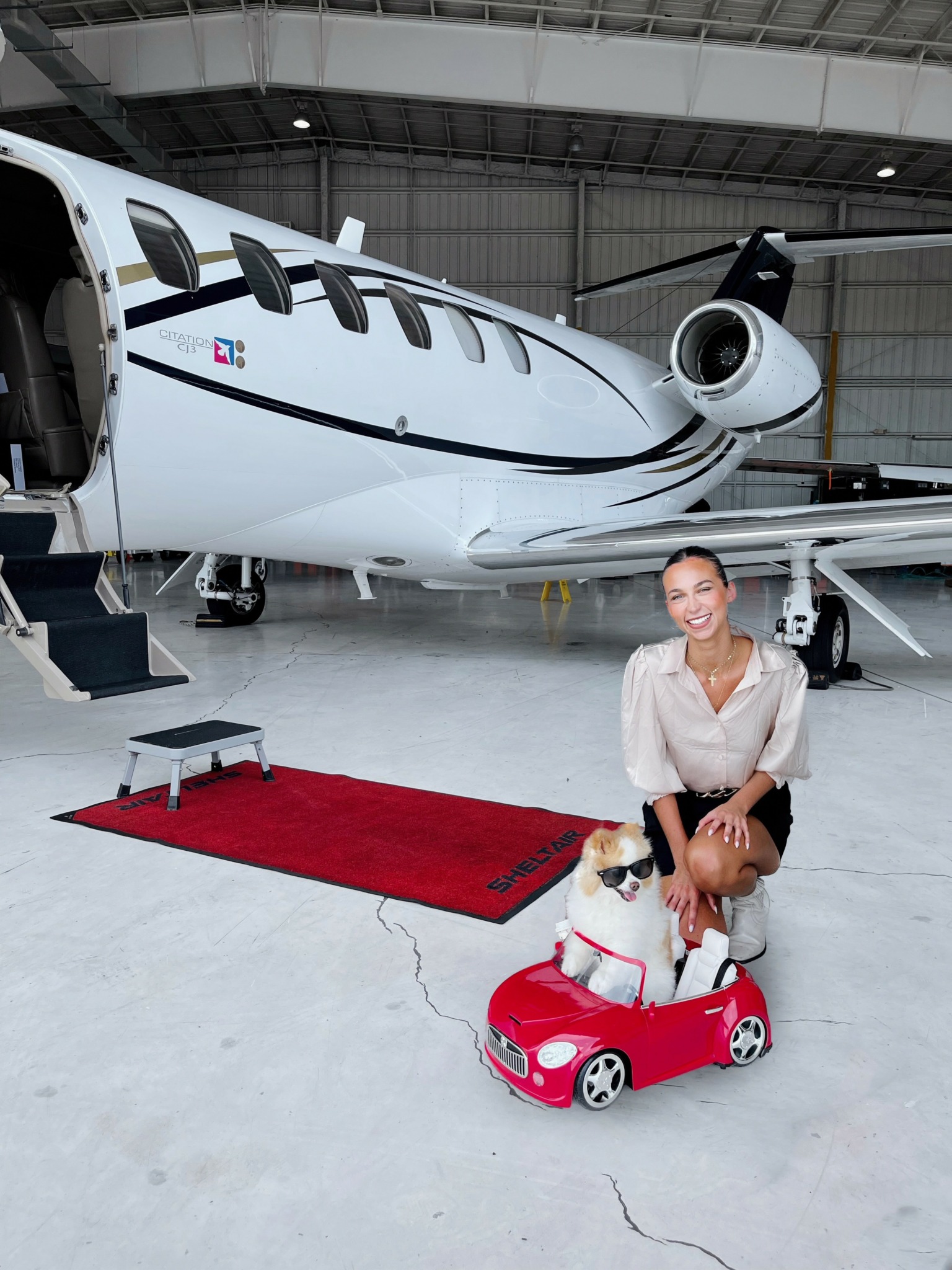
What’s the most rewarding aspect of being a creative in your experience?
For me, the most rewarding part of being a creative is using our skills for something bigger than ourselves. Bringing beauty, clarity, and connection to people and places that might not have seen it otherwise.
Creatives have a unique ability to take a vision that’s still forming — a feeling, an idea, a cause — and give it shape. We make it visible. Tangible. Felt. Regardless of the industry we’re in, we have the power to shine a light on what matters, to tell stories that inspire action, and to shift perceptions in meaningful ways.
Working in private aviation, I’ve seen how easily the industry can be misunderstood. There’s a common misconception that it only exists to serve the ultra-wealthy. But that’s not the full story. And that’s why I love what I do. At Sheltair, I get to help tell the stories that often go untold. We partner with nonprofits, support rescue missions, invest in the next generation through field trips and aviation days, and host free community events that bring people together. Aviation, at its core, is about connection, and that includes service, support, and impact.
Whether it’s through a video that moves someone, an article that shifts a narrative, or an event that opens a young person’s eyes to a new dream, I find so much purpose in using creative tools to help people see more clearly. We don’t just make things look or sound good, we help ideas take flight, especially the ones that deserve to be seen, heard, and experienced.
That’s the kind of work that fills me up. When creativity becomes a force for good.
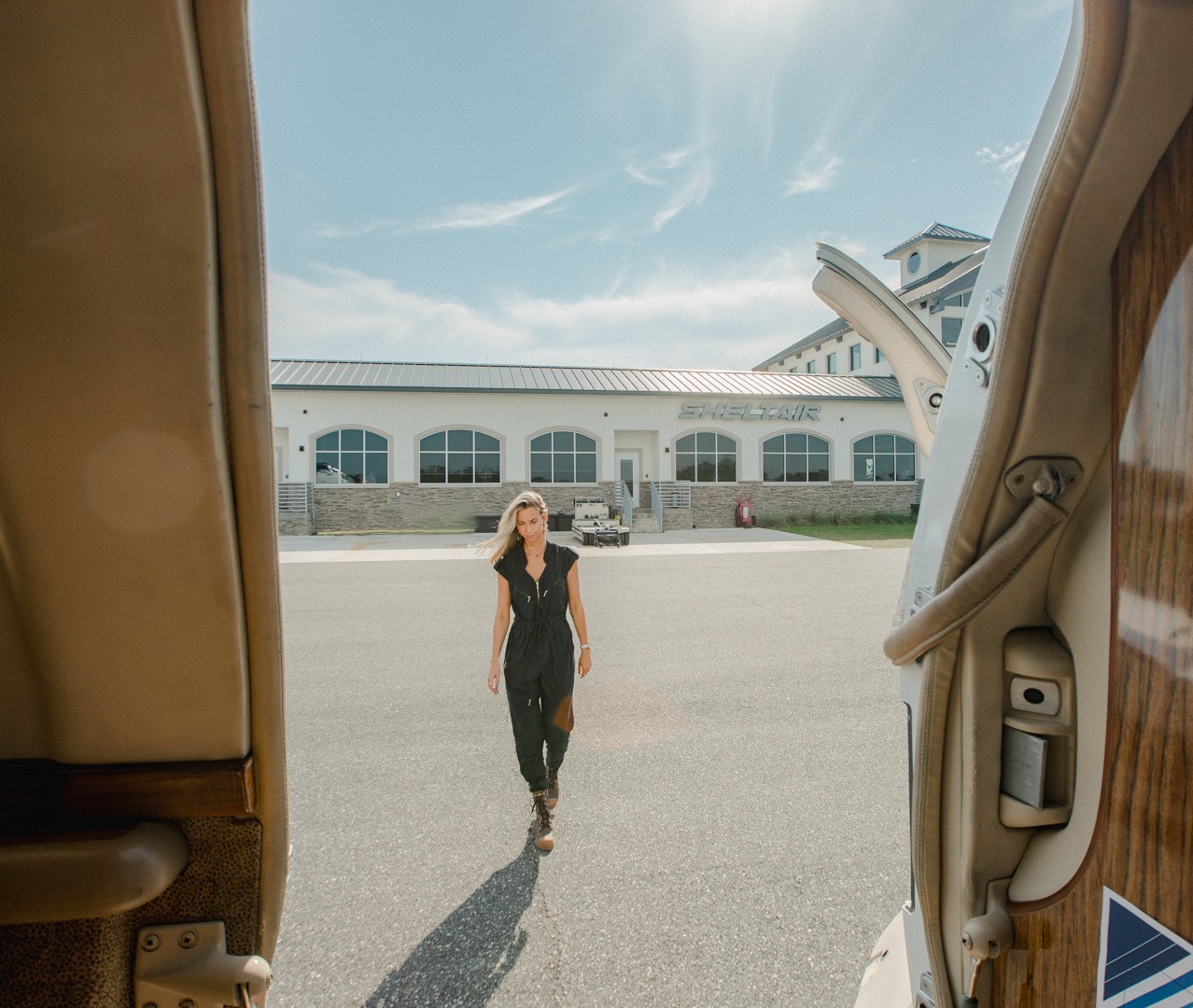
Is there something you think non-creatives will struggle to understand about your journey as a creative? Maybe you can provide some insight – you never know who might benefit from the enlightenment.
One thing I think non-creatives often struggle to understand is that our journey doesn’t follow a clear, linear path. There isn’t a singular title we’re all aiming for or a standard set of steps we take to get there. We don’t all graduate, land a job, climb a ladder, and arrive at a neatly defined destination. Instead, our path is full of pivots, evolving skill sets, and roles that often blend across industries.
That can be hard to explain, especially in a world that tends to measure success by stability or structure. But for creatives, the freedom to explore, to adapt, and to follow where our curiosity leads is part of the magic. It can be overwhelming at times, especially early on, because the road is rarely marked. But it’s also a gift. We’re able to shape careers that align with our talents and passions, even if the outcome looks different than we imagined.
Creatives are often the ones offering insight that challenges the norm, asking questions that disrupt comfort zones, and seeing potential where others don’t. That perspective isn’t always easy to receive, but it’s often what leads to innovation, connection, and clarity. So while the journey may look uncertain from the outside, there’s purpose in the process. We may not always know what the final destination looks like, but we trust our instincts to get us there.
If there’s anything to take away, it’s this: just because a path isn’t traditional doesn’t mean it’s not valid. Sometimes the most meaningful careers are the ones you build as you go.
Contact Info:
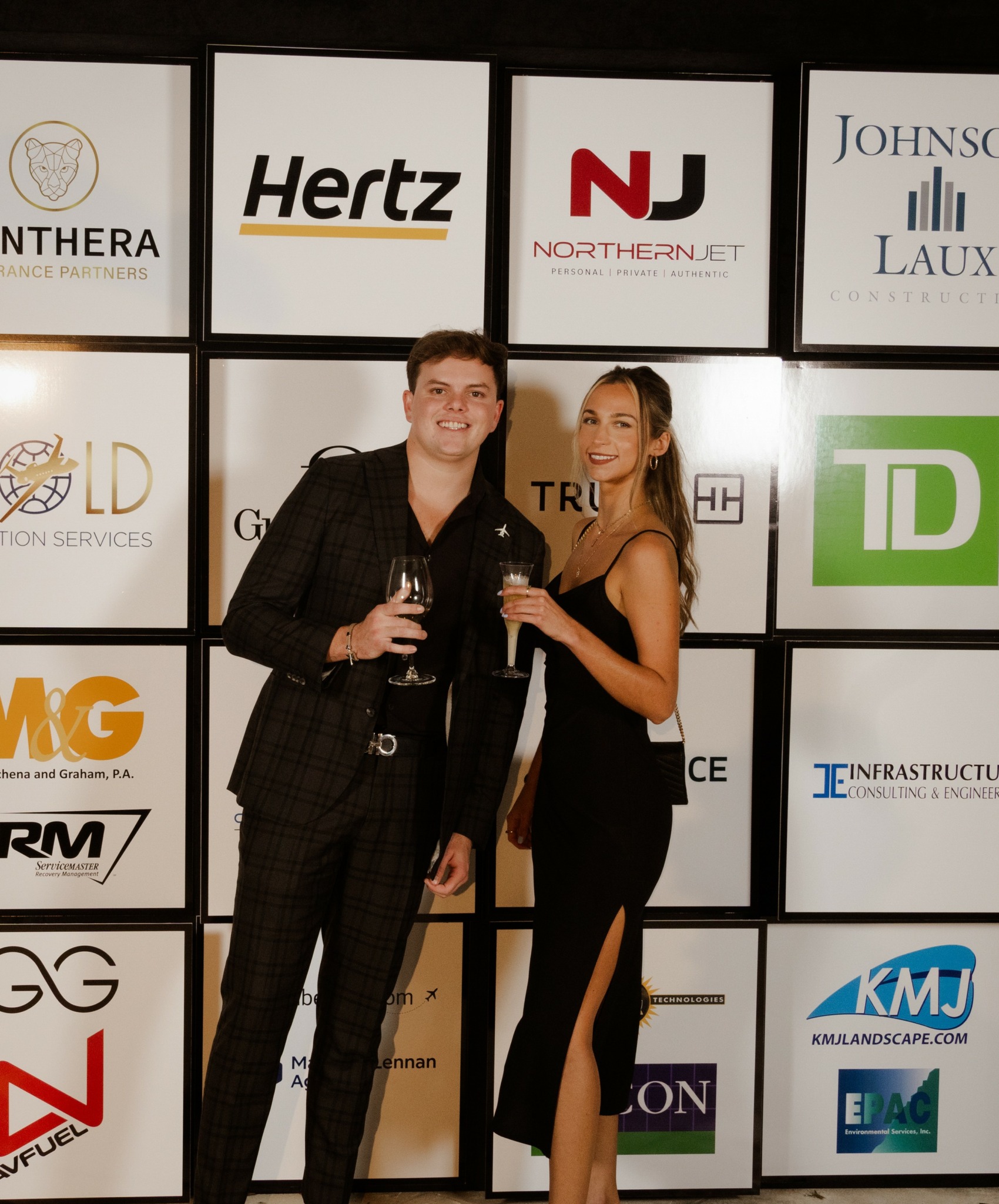

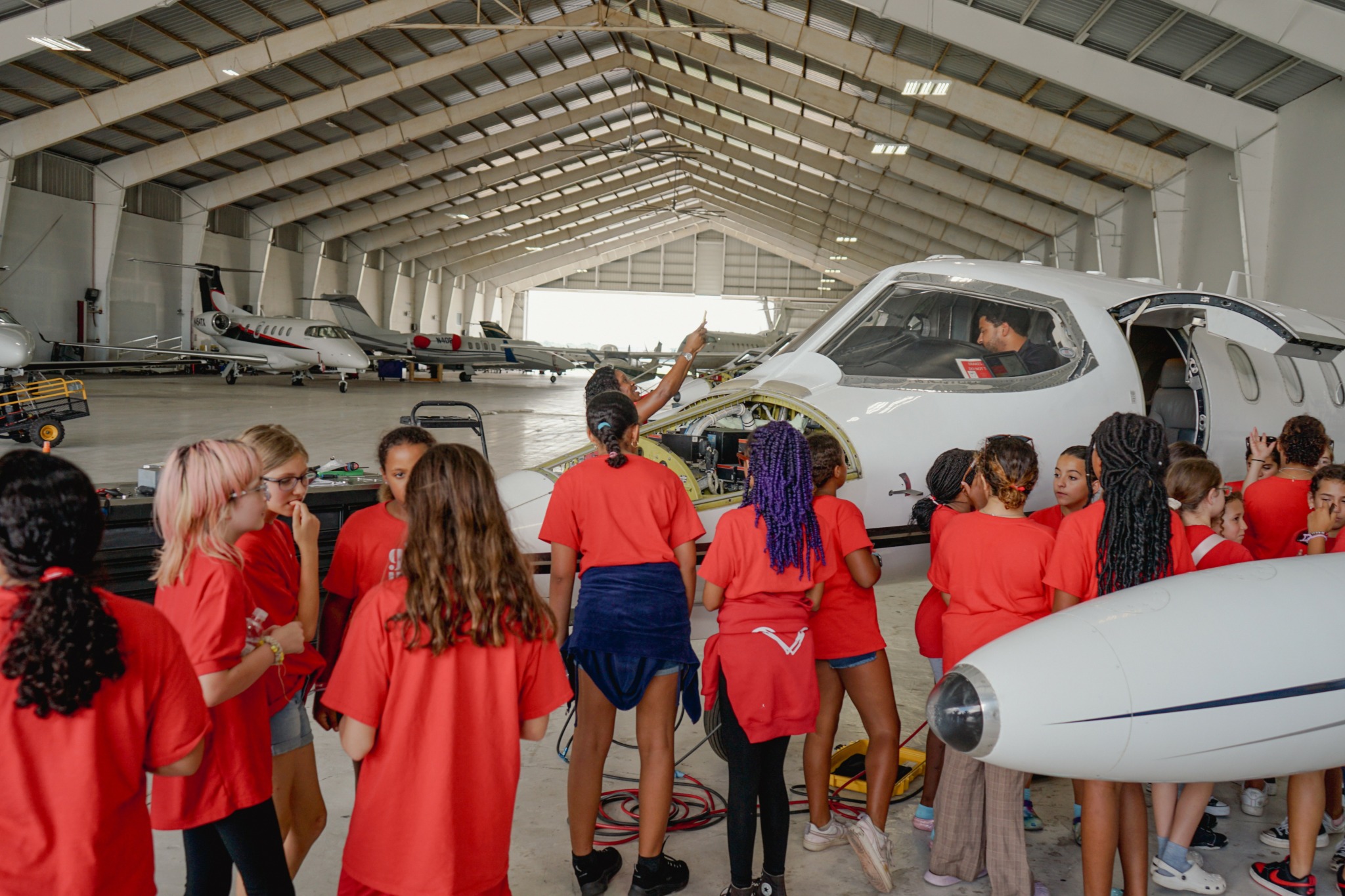
Image Credits
Tracy Croushorn, TLC Studios


